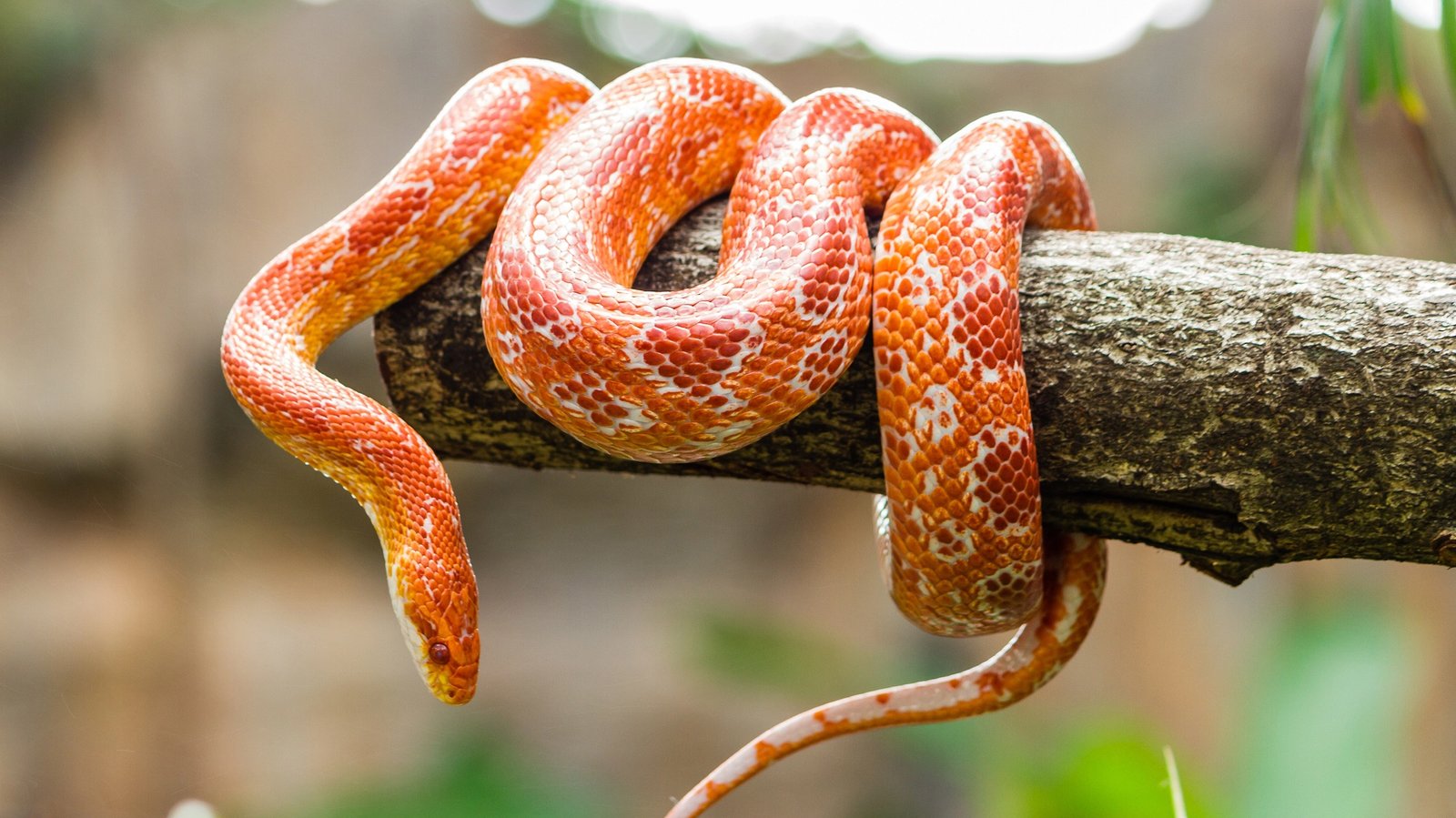Choosing a pet snake can be as exciting as it is daunting. Snakes, with their smooth scales and mesmerizing movements, are fascinating creatures that can make unique and rewarding pets. However, not every snake is suitable for everyone. With numerous species to choose from, each with different care requirements and temperaments, it’s essential to find the one that fits best with your lifestyle and experience level. Whether you are a first-time snake owner or a seasoned reptile enthusiast, understanding what to look for can make the process easier and more enjoyable.
Understanding Your Commitment

Before bringing a snake into your home, it’s crucial to understand the commitment involved. Snakes can be long-lived, with some species living 20 years or more in captivity. Consider if you are ready for such a long-term responsibility. Additionally, snakes require specific care, including temperature-regulated enclosures, specific diets, and regular health check-ups. They are not as interactive as cats or dogs, so if you’re looking for a pet you can cuddle with, a snake might not be the right choice. However, if you appreciate observing natural behaviors and have the patience to care for an exotic pet, a snake can be an excellent companion.
Assessing Your Experience Level
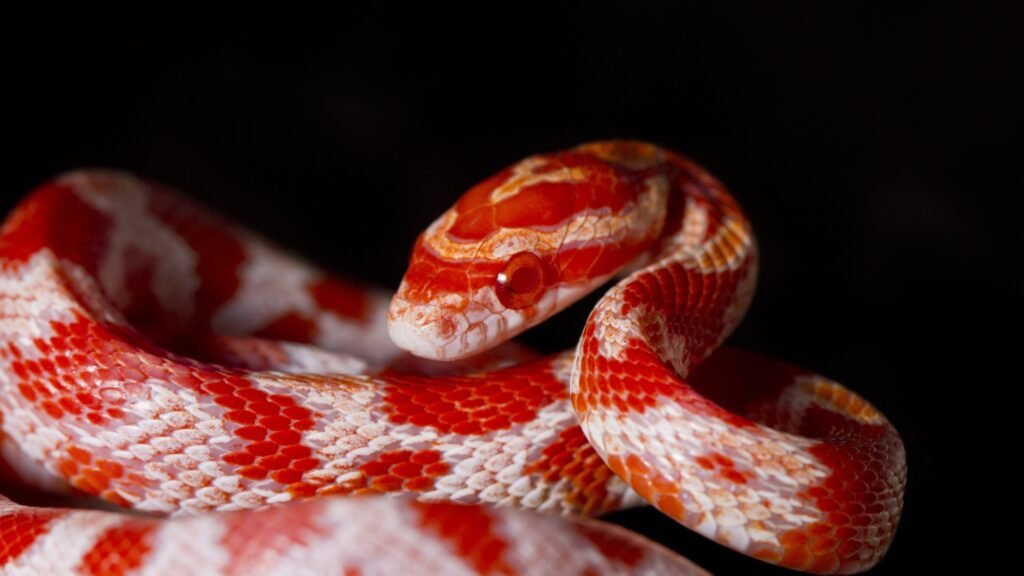
Your experience level with reptiles should heavily influence your choice of pet snake. Beginners are advised to start with species that are known for being docile and easy to handle, such as corn snakes or ball pythons. These snakes are relatively low-maintenance and have forgiving temperaments. On the other hand, more experienced snake owners might opt for more challenging species that require specialized care. It’s important to be honest about your abilities and knowledge to ensure the well-being of your pet. Researching care requirements and consulting with reptile enthusiasts or veterinarians can provide valuable insights.
Researching Different Species

There are hundreds of snake species, each with unique characteristics. When choosing a pet snake, research is your best friend. Look into the various species that catch your interest and learn about their habitat needs, size, temperament, and dietary requirements. For instance, the garter snake is small and easy to care for, making it a popular choice for beginners. The king snake is known for its striking appearance and manageable size. On the other hand, species like the boa constrictor may appeal to those who are interested in larger snakes. Gathering as much information as possible ensures you make an informed decision.
Considering Enclosure Requirements
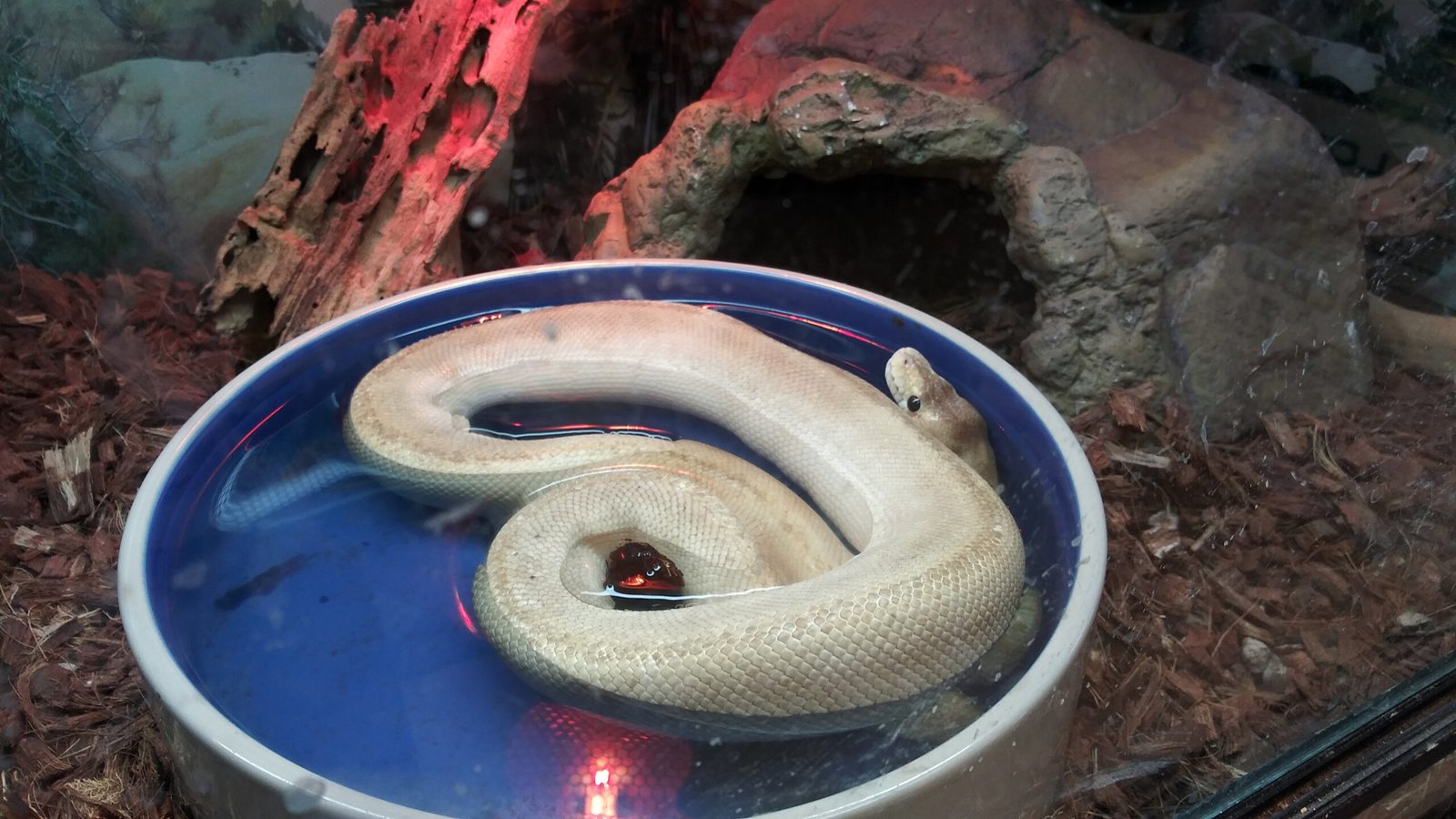
The right enclosure is fundamental to your snake’s health and happiness. Different species have varying environmental needs, so it’s important to consider this when choosing your pet. Some snakes thrive in a warm, humid environment, while others prefer a drier habitat. The size of the enclosure should also match the size of your snake; a general rule is the length of the enclosure should be at least as long as the snake itself. Ensure the enclosure is secure to prevent escapes, as snakes are known for being excellent escape artists. Proper lighting, heating, and humidity control are also essential components of a suitable snake habitat.
Evaluating Feeding Requirements
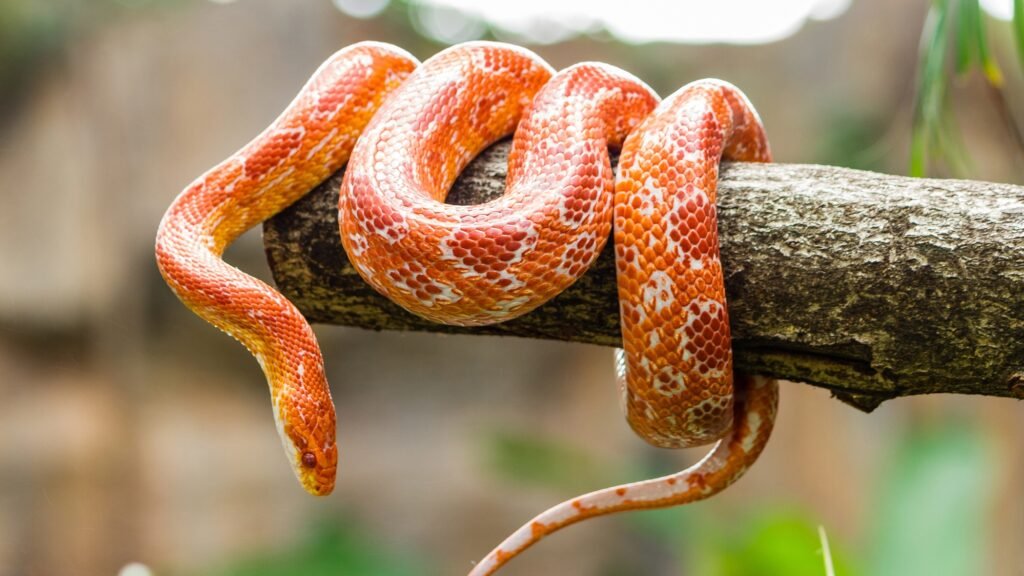
Snakes’ feeding requirements can greatly differ depending on the species. Most pet snakes are carnivorous and typically eat rodents such as mice or rats. However, some species may have more specific dietary needs, such as fish or insects. It’s crucial to consider whether you are comfortable with feeding live or pre-killed prey. Some people may find it unsettling, while others are unbothered. Additionally, consider the frequency of feeding. Some snakes may require food weekly, while others might eat less frequently. Ensuring you can meet these feeding needs is vital for your snake’s health.
Understanding Temperament and Handling
Temperament is a crucial factor when selecting a pet snake. Some snakes are naturally more docile and tolerant of handling, making them better suited for families or beginners. Ball pythons, for example, are known for their calm demeanor and are often recommended for novice snake owners. Conversely, some species may be more defensive or prone to stress, such as the green tree python, which is better suited for experienced handlers. Understanding how often and comfortably you can handle your snake is important for both your safety and the snake’s well-being.
Considering Health and Lifespan
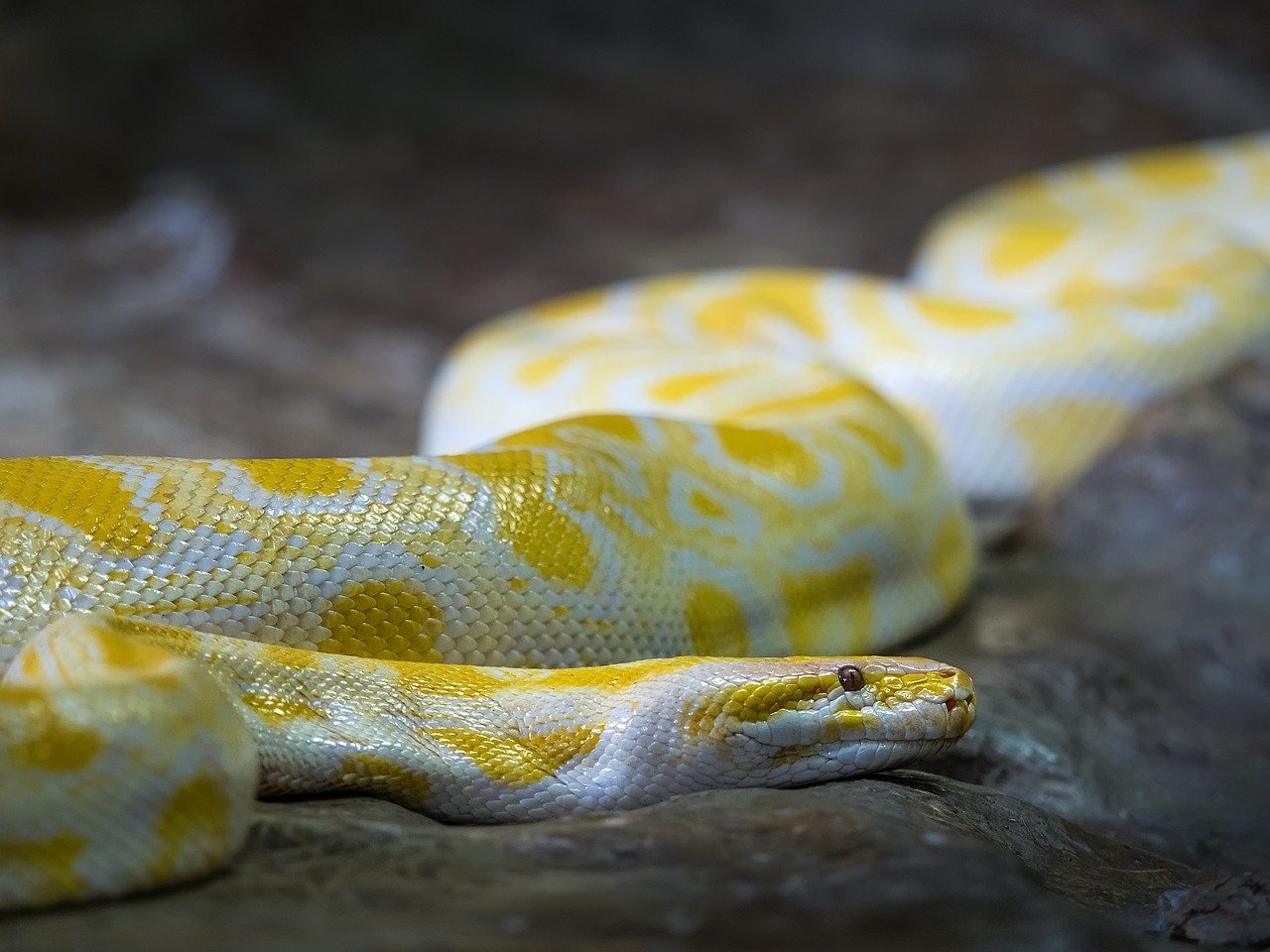
Health and lifespan are important considerations when choosing a pet snake. Select a species that is known for being hardy and less prone to health issues, especially if you are new to snake ownership. Regular health checks with a veterinarian who specializes in reptiles can help prevent common ailments. Be aware of potential health concerns specific to certain species, such as respiratory infections or skin conditions. Additionally, consider the snake’s lifespan and ensure you are prepared for a long-term commitment. Providing proper care and attention can lead to a healthy, happy snake that thrives for many years.
Budgeting for Your New Pet
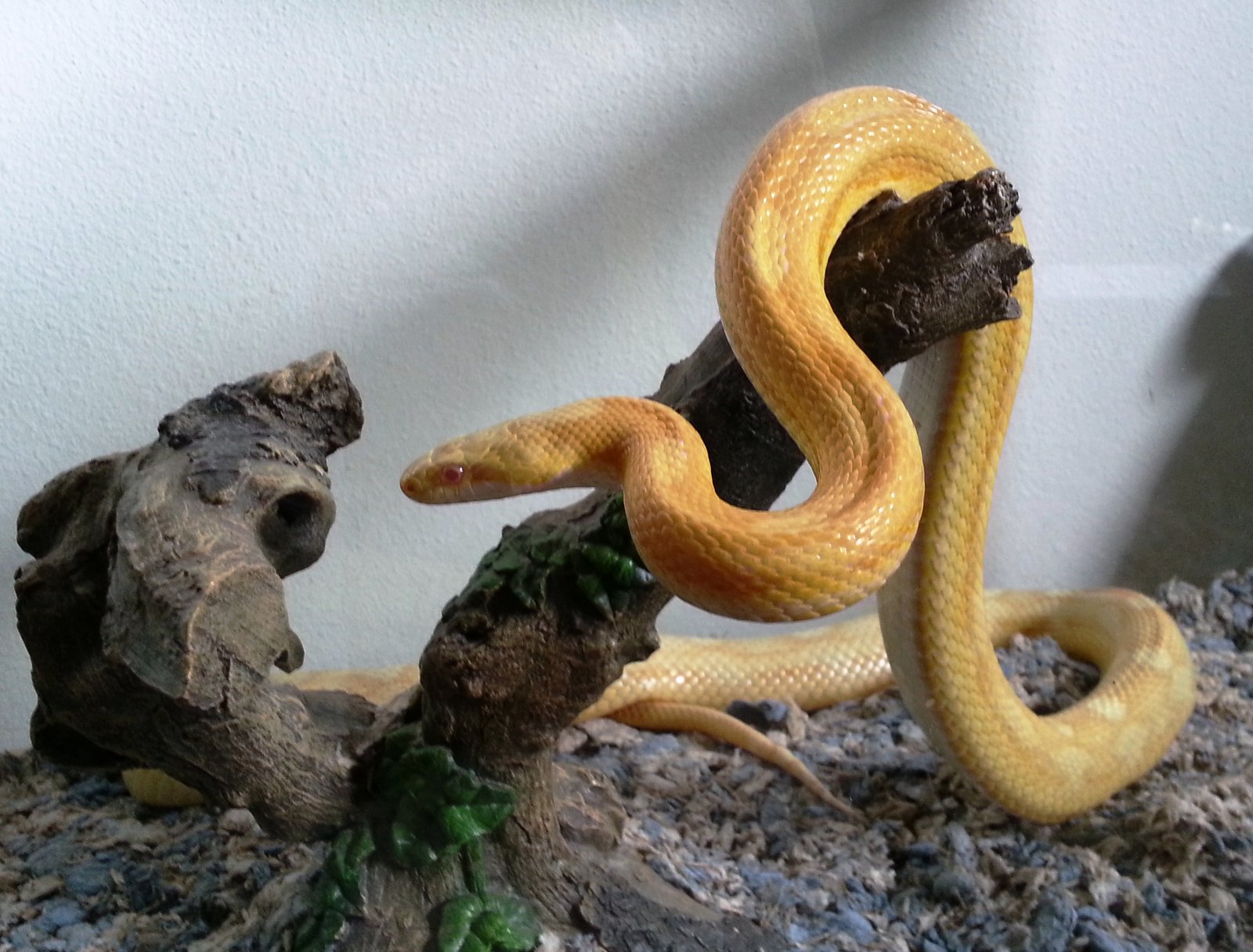
Owning a pet snake involves more than just the initial purchase cost. Consider the ongoing expenses, such as food, enclosure maintenance, and veterinary care. Some species may require more expensive or specialized equipment, which can add to the cost. It’s important to budget for these expenses and ensure you can provide the necessary care without financial strain. Remember, a well-cared-for snake can live a long and fulfilling life, so investing in its well-being is essential. Budgeting also includes time investment, as proper care and attention are crucial for a healthy pet.
Getting to Know Your Snake
Once you’ve chosen your pet snake, take the time to get to know it. Each snake has its own personality and preferences. Observe its behavior and learn its likes and dislikes. This process can be incredibly rewarding and enhance your bond with your pet. Spend time handling your snake gently and regularly to build trust and ensure it becomes accustomed to your presence. Patience is key, as some snakes may take time to adjust to their new environment. Building a strong relationship with your snake can lead to a fulfilling and enjoyable pet ownership experience.
Conclusion
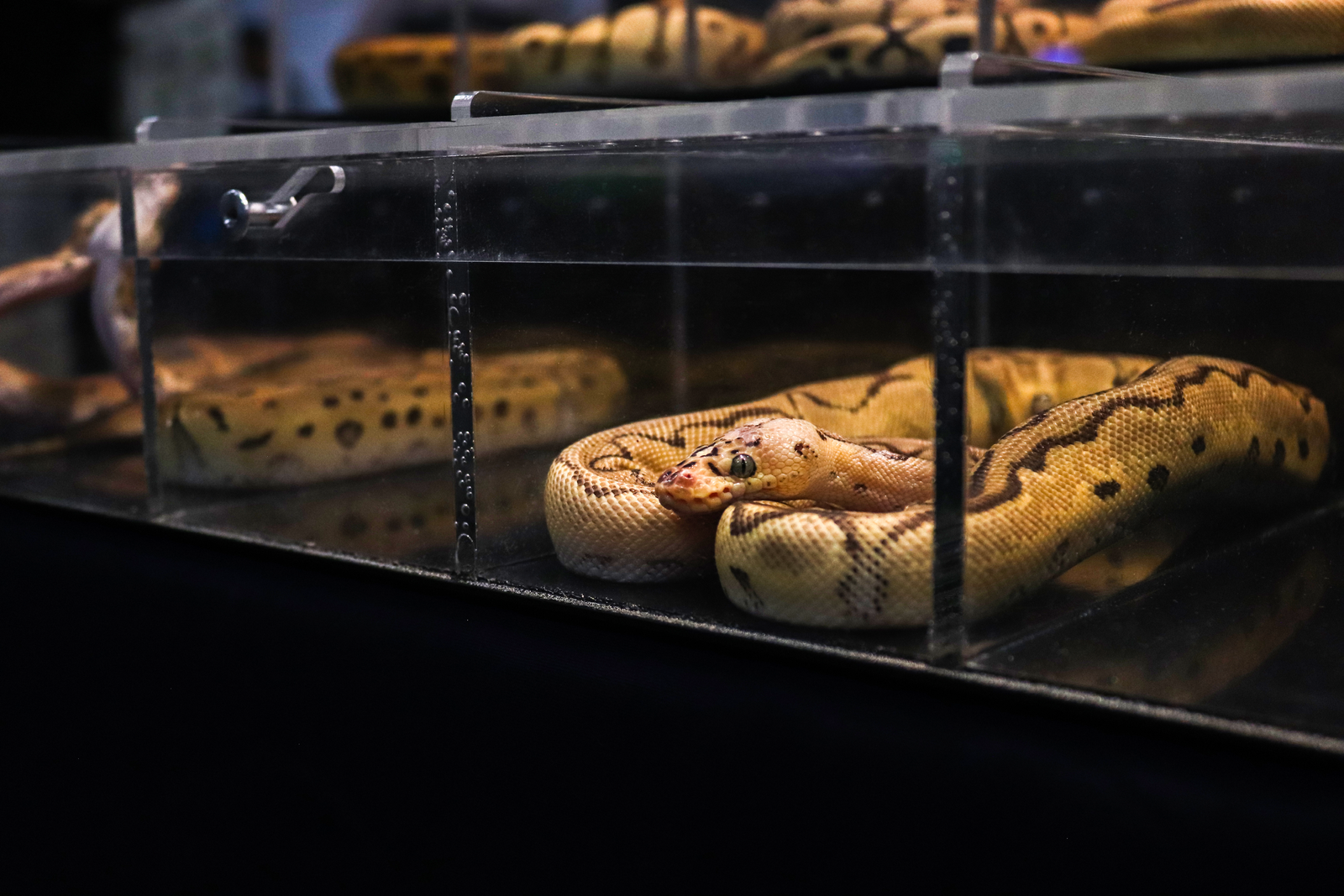
Choosing the best pet snake for you is a decision that requires careful consideration and research. By understanding your commitment, assessing your experience level, and researching different species, you can find a snake that fits your lifestyle and preferences. Consider the enclosure and feeding requirements, as well as the snake’s temperament and health. Budgeting for your new pet and taking the time to get to know it are also important aspects of responsible snake ownership. With the right approach, owning a pet snake can be a rewarding and fascinating journey.
Jen is a passionate nature lover and ocean conservationist. She has dedicated her life to protecting the environment and preserving the beauty of the natural world. Growing up in a small coastal town, Jen sincerely appreciated the ocean and its inhabitants. She has spent countless hours exploring the shoreline, learning about the creatures that inhabit the waters, and advocating for their protection. Jen is an active member of ocean conservation organizations, and she is committed to educating the public about the importance of conserving wildlife and the natural environment.

